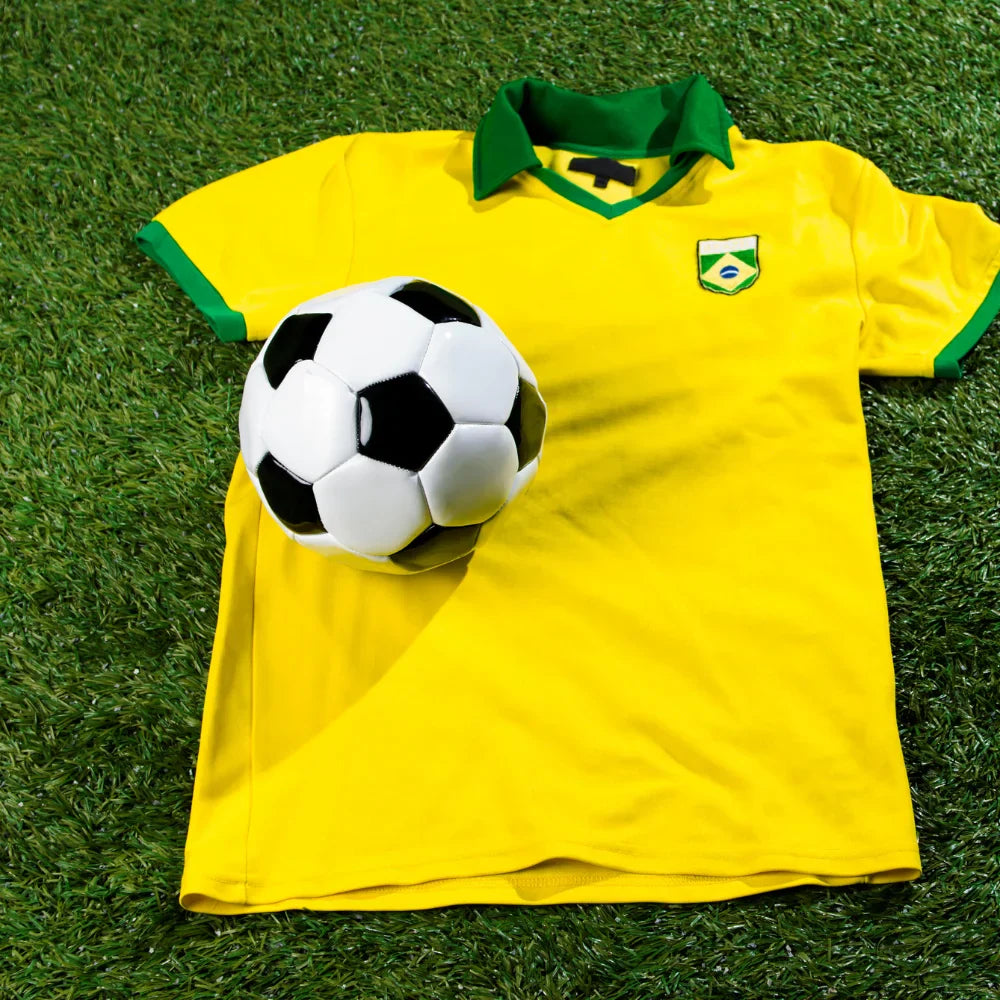The Evolution of Soccer Jerseys in the United States

Soccer jerseys have become a powerful symbol of sport and culture in the US. What started as a small market catering to international fans has grown into a booming industry tied to fashion, identity, and community. To understand their popularity today, it’s worth looking at how soccer jerseys have evolved in the American context.
Early Days: Imported Passion
In the 1980s and 1990s, soccer was far from mainstream in the US. Jerseys were mostly imported by fans of international clubs, often purchased abroad or through specialty shops. Wearing a jersey in that era was a sign of belonging to a niche community of passionate fans who followed the sport long before it gained national traction.
The MLS Era
The launch of Major League Soccer in 1996 changed the game. Suddenly, American fans had local teams to support, and jerseys became more accessible. Early MLS jerseys were bold in design—some might even say experimental—but they set the stage for a new wave of soccer culture. Clubs like LA Galaxy, DC United, and later Atlanta United helped establish jerseys as central to team identity.
International Influence

Global superstars joining MLS brought worldwide attention. David Beckham’s arrival at LA Galaxy in 2007 didn’t just boost ticket sales; it also turned jerseys into highly sought-after merchandise. More recently, Lionel Messi’s move to Inter Miami has sparked a jersey craze that broke records, with Inter Miami kits selling out in minutes.
At the same time, American fans embraced international clubs. Manchester United, Barcelona, Real Madrid, and Bayern Munich shirts became common in US cities, especially during summer pre-season tours. These jerseys connected American fans with the broader global soccer culture.
Jerseys as Streetwear
In recent years, soccer jerseys have left the stadium and entered fashion. Collaborations with major brands and designers have elevated jerseys into everyday outfits. From music festivals to college campuses, it’s now common to see jerseys styled with sneakers, hoodies, or caps. For younger generations, they’re as much about style as they are about sport.
The Collector Movement
As jersey culture has matured, so has collecting. Retro jerseys from the 90s, limited-edition collaborations, and player-specific kits have all become prized items. Online resale platforms and social media communities keep this culture alive, with certain jerseys fetching hundreds of dollars depending on rarity and condition.
What’s Next: The 2026 World Cup
With the 2026 FIFA World Cup coming to the US, Canada, and Mexico, soccer jerseys are set to enter another golden age. Expect to see bold designs, creative collaborations, and record-breaking sales. Jerseys will not only be worn at matches but will become part of American pop culture, bridging sport, fashion, and national pride.
Conclusion
Soccer jerseys in the United States have come a long way—from imported rarities to fashion statements and collectibles. Today, they embody identity, community, and culture. As soccer continues to grow, jerseys will remain at the center of how fans connect to the sport, both locally and globally.



